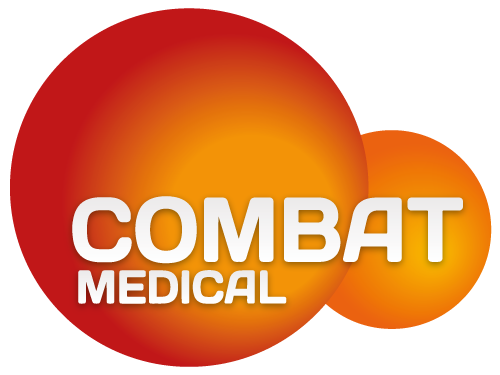Clinical hyperthermia is defined as the therapeutic use of temperature between 41°C to 44°C. While the idea of using heat in medicine isn’t new, what makes clinical hyperthermia especially potent in the treatment of NMIBC is the way in which it enhances the effects of chemotherapy, improves drug absorption, and selectively targets cancer cells while preserving healthy tissue. Here’s why it is so powerful for treating non-muscle-invasive bladder cancer (NMIBC):
1. Enhanced Chemotherapy Potency at Higher Temperatures
Hyperthermia substantially increases the effectiveness of chemotherapy compared to instillation at room temperature. Mitomycin C is stable at temperatures up to 50°C but 1.4 times more active at 43°C. This increase in activity means that the same dose of Mitomycin C can deliver significantly more cytotoxic punch to cancer cells when combined with hyperthermia. Increasing the effectiveness of chemotherapy without increasing the dosage minimises the systemic toxicity and side effects for the patient. Essentially, hyperthermia allows us to get more out of the medicine, without demanding more from the patient.
2. Cancer Cells Are More Vulnerable to Heat Than Healthy Cells
One of the greatest advantages of hyperthermia is its selective toxicity. Cancer cells are structurally and metabolically different from normal cells – they divide more rapidly, often have chaotic vasculature, and struggle with temperature regulation. As a result, when exposed to heat in the 41–44°C range, cancer cells become more vulnerable to damage and destruction, while healthy cells remain largely unharmed. At 43°C, the cytotoxicity of treatment increases tenfold, without adding toxicity to the patient. We’re not just heating the bladder; we’re intensifying the precision of cancer destruction.
3. Hyperthermia Impairs Tumour Angiogenesis
Without a robust blood supply, tumours can’t get the nutrients they need to grow and spread. Hyperthermia disrupts this process by inhibiting new blood vessel formation, essentially starving the tumour. This anti-angiogenic effect adds another powerful layer to HIVEC® therapy. We’re not only attacking existing cancer cells but also preventing tumours from expanding their foothold in the bladder.
4. Improved Drug Absorption Through Enhanced Membrane Permeability
When exposed to heat, the lipid-protein bilayer of the cellular membrane becomes more fluid and permeable. This is due to the denaturing of membrane proteins and lipids, making it easier for Mitomycin C to penetrate cancer cells and exert its cytotoxic effects.
The result? Higher intracellular concentrations of the chemotherapeutic agent, leading to more effective tumour kill rates. The beauty of this mechanism is that it’s a direct result of the heat – no need for additional drugs or increased doses. It’s an elegant, biologically driven solution to a long-standing therapeutic challenge.
5. Hyperthermia Causes Direct Damage to Cancer DNA
At elevated temperatures, DNA strands in tumour cells are more likely to break. Transcription processes become impaired, replication slows down, and cell division is severely compromised.
This DNA disruption is irreversible for cancer cells already burdened with genomic instability. The heat literally breaks the chain of reproduction for tumours, shutting down their ability to multiply and spread.
6. Immune System Activation
Perhaps one of the most exciting discoveries about clinical hyperthermia is its ability to activate the body’s natural immune defense mechanisms. Cancer cells exposed to heat begin to express heat shock proteins (HSPs) on their surface – distress signals that draw the attention of natural killer (NK) cells.
These NK cells recognise the heat-stressed cancer cells as targets and initiate a powerful immune response. What’s more, the exposure to HSPs facilitates a cascade of apoptotic signaling, where cancer cells essentially initiate their own programmed cell death. It’s like turning the cancer against itself.
This immune-stimulatory effect adds a systemic layer of protection, priming the body to recognise and respond to cancer threats beyond the bladder as well. In essence, HIVEC® doesn’t just kill cancer cells – it teaches the immune system to hunt them down.
In summary, chemo-hyperthermia’s multifactorial modes of action create a strong combination effect, ensuring cancer tumours and cells are specifically targeted.
The COMBAT BRS (Bladder Recirculation System) and HIVEC®
Delivering hyperthermic chemotherapy effectively requires precision – too much heat can damage healthy tissues; too little and the therapeutic benefits are lost.
The COMBAT BRS (Bladder Recirculation System) is the first system to allow the delivery of heated chemotherapy within the tight parameters necessary to optimise the delivery of chemo-hyperthermia without compromising patient safety and comfort.

